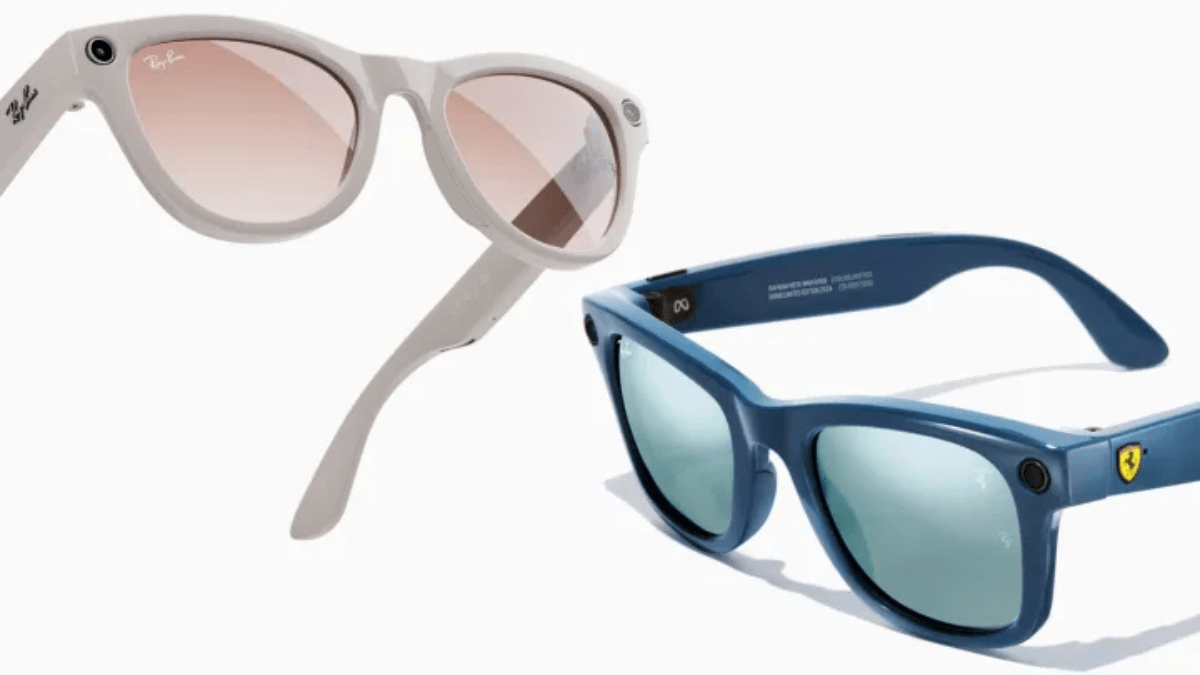In a recent interview, Mark Zuckerberg outlined Meta’s ambitious plans for the future of augmented reality (AR) glasses, aiming for a device that could eventually replace smartphones altogether. According to Zuckerberg, Meta envisions three evolutionary stages for smart glasses that could become everyday essentials.
The first stage, exemplified by the Ray-Ban Meta Smart Glasses priced at $300, integrates audio, camera capabilities, and AI functionalities. These glasses are already on the market, offering users a glimpse into the potential of hands-free technology.
Moving forward, Meta plans to introduce smart glasses with a heads-up display (HUD). This upgrade would allow wearers to view notifications, manage messages, and interact with AI through a small display, enhancing user convenience and productivity.
However, the most exciting prospect lies in Meta’s vision for AR glasses with full holographic capabilities. Zuckerberg described a future where wearers could interact with friends worldwide as if they were physically present in the same room. Imagine playing cards with friends using virtual decks or collaborating on creative projects—all through a seamless, immersive experience.
While the concept isn’t entirely novel, Meta’s active development and prototyping of such technologies signify tangible progress towards making this vision a reality. For those familiar with multiplayer VR experiences on Meta Quest 3, the potential of these future AR glasses to transcend traditional boundaries is evident.
What sets Meta’s holographic AR glasses apart is their lightweight design, designed for prolonged wear without disconnecting users from reality. Although initial versions may require controllers for navigation, Meta is also exploring neural wristbands to enable hands-free interaction through precise hand and finger tracking.
Despite the excitement surrounding these advancements, Zuckerberg emphasized that AR glasses won’t replace smartphones in the near future. Instead, they are expected to complement existing devices as the technology matures over the next decade.
While widespread availability of Meta’s AR glasses may still be on the horizon, the popularity of Ray-Ban Meta Smart Glasses underscores growing consumer interest and demand. With various styles quickly selling out, including classic and trendy designs like the Skyler and Scuderia Ferrari editions, Meta is gearing up to meet this burgeoning market.
Looking ahead, Meta aims to unveil prototypes of its first AR glasses soon, prioritizing affordability and quality before scaling up production. For tech enthusiasts like myself, eagerly anticipating these innovations, the future promises a thrilling leap forward in wearable technology. As Meta continues to push boundaries, the prospect of integrating augmented reality seamlessly into daily life becomes increasingly tantalizing.


